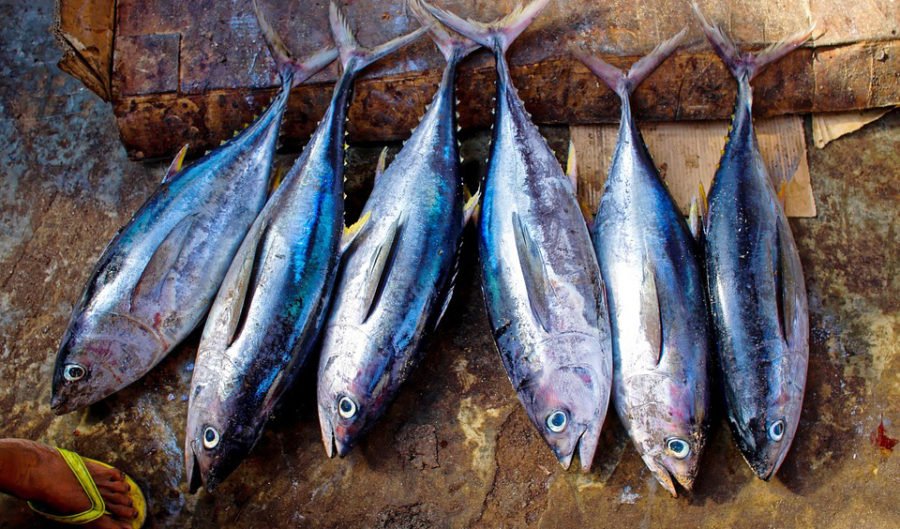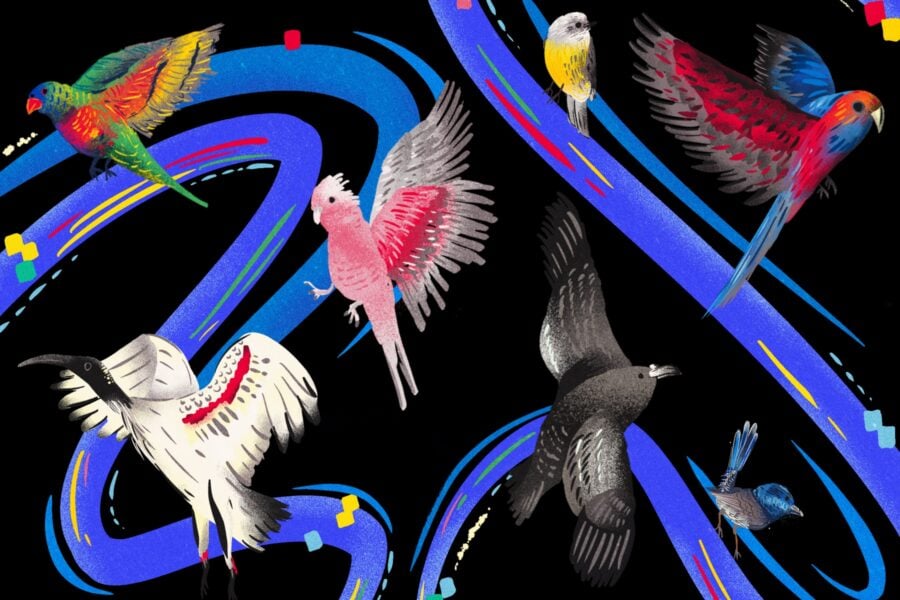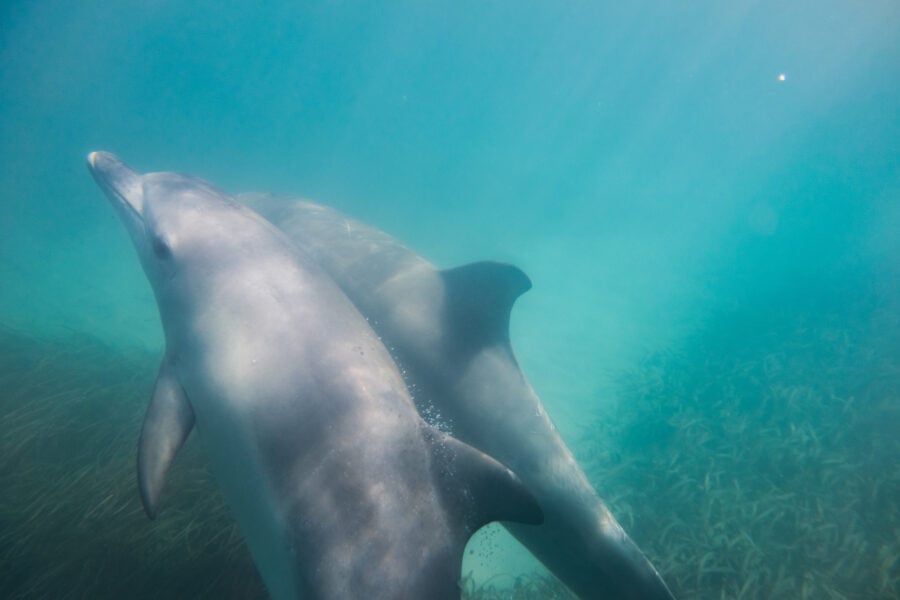A guide to sustainable seafood

SUSTAINABLE SEAFOOD is seafood that reaches our plates with minimal impact on fish populations and the marine environment. It can be wild-caught or farmed in aquaculture. But very few fisheries are actually certified as sustainable throughout the world. To help you make better choices, download the sustainable seafood. But, generally, your best option is to choose small, fast-growing, sustainable species and avoid top predators such as swordfish, sharks and tuna.
1. Better choice
These species represent a better choice. Species in this group are not currently overfished. They are generally resilient to fishing pressure due to their life histories or the way they are exploited, have a history of stable catches and are caught or farmed using techniques that have low environmental impacts. Some of these species may still have minor conservation concerns, but have been assessed to be a better seafood choice.
Australian wild-caught
Australian salmon
Marketed as Australian salmon
Crabs
Marketed as mud crabs, spanner crabs
Flathead (NSW & VIC)
Marketed as dusky flathead
Bay prawns
Marketed as prawns
Southern calamari
Marketed as calamari
Whiting
Marketed as King George and stout whiting
Australian farmed
Barramundi
Marketed as barra
Blue mussel
Marketed as mussel
Oysters
Marketed as Sydney rock, native and Pacific oysters
Prawns
Marketed as black tiger, kuruma and banana prawns
2. Eat less
Eat less of these. Wild-caught species in this group may be caught using fishing methods that cause some damage to marine habitats or are associated with significant levels of bycatch. There may be scientific uncertainty about the status of wild-caught stocks and careful management will be needed to protect stock health. If farmed, the aquaculture methods used have some environmental impacts on our seas.
Australian wild-caught
Barramundi (WA & NT)
Marketed as barra
Blue-eye trevalla
Marketed as tropical snapper
Bugs
Marketed as Balmain and Moreton Bay bugs
Flathead
Marketed as tiger flathead
Mahi mahi
Marketed as dolphinfish
Prawns
Marketed as western and western king, banana, tiger, school and endeavour prawns
Tuna
Marketed as albacore and yellowfin tuna
Australian farmed
Atlantic salmon
Marketed as Tasmanina/smoked salmon
Rainbow trout
Marketed as ocean trout
Imported
Basa
Marketed as freshwater fillet, royal basa and Mekong catfish
Nile perch
Marketed as Lake Victoria perch
3. Say no
Say no to these. Wild caught species in this group, whether Australian or imported, may be overfished or their capture heavily impacts our seas by, for example, killing threatened or protected species as bycatch or damaging sensitive habitats. Farmed species include those produced by methods that place much stress on our oceans.
Australian wild caught
Blue warehou
Marketed as sea bream
Gemfish
Marketed as hake
Mulloway
Marketed as jewfish
Orange roughy
Marketed as deep sea perch
Shark
Marketed as flake
Snapper
Otherwise knwon as pink snapper
Australian farmed
Yellowtail kingfish
Marketed as kingfish, yellowtail & Tasmanian yellowtail
Imported
Blue grenadier
Marketed as hoki
Farmed prawns
Marketed as Pacific white, whiteleg & black tiger prawns
Hake
Marketed as cod
Tuna
Markated as albacore, yellowfin, bigeye tuna
Note: canned tuna sustainability is brand-dependent. Visit changeyourtuna.org.au for advice and information from Greenpeace.
In Australia and New Zealand, you’ll find sustainable seafood with the Marine Stewardship Council (MSC) blue fish tick on over 500 products and menus. To see a listing of sustainable seafood brands, restaurants and retailers that carry the label, head to: https://www.msc.org/en-au/what-you-can-do/buy-sustainable-seafood
READ MORE:
- 11 ways to use less plastic
- Help fund a berth for a scientist at the Great Barrier Reef Legacy
- Time lapse: A day in the life of the Great Barrier Reef




